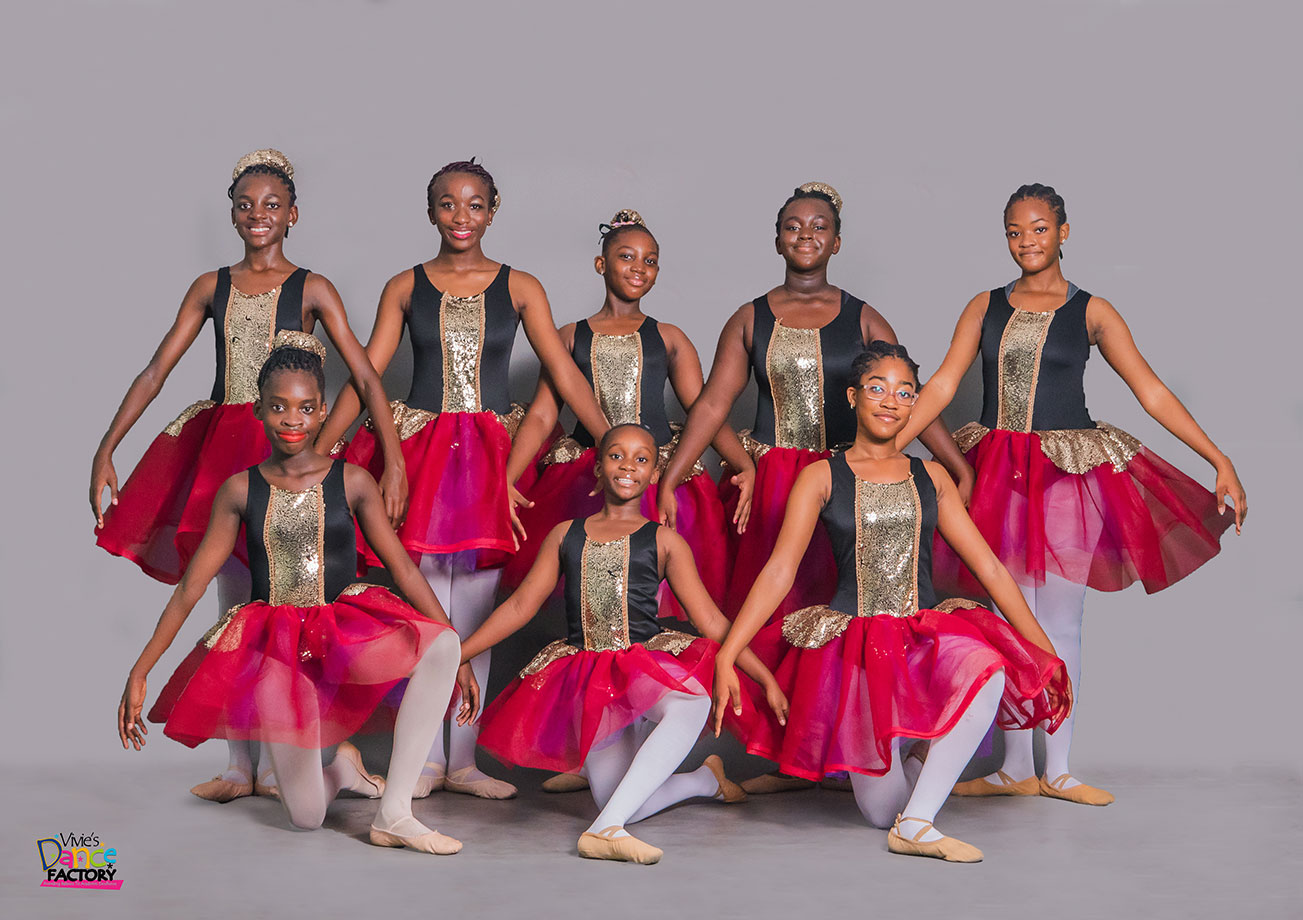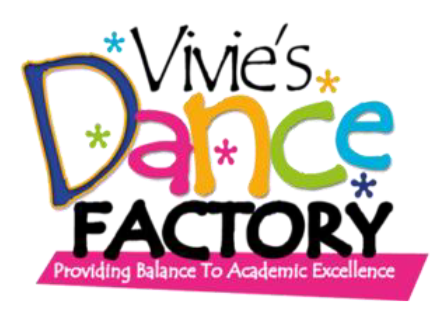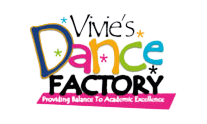Express Yourself Through Movement
Lorem ipsum dolor sit amet, consectetur adipiscing elit. Ut elit tellus, luctus nec ullamcorper mattis, pulvinar dapibus leo.
Ballet
Vivies Dance Factory is proud to include the AMERICAN BALLET THEATRE® National Training Curriculum, a breakthrough 9 level program that combines high quality artistic training with the basics of dancer health and child development. The ABT® National Training Curriculum consists of a comprehensive set of age-appropriate, outcome-based guidelines to provide the highest quality ballet training to dance students of all ages and skill levels.
Pre-Primary through Level 3 will be taught by ABT® Certified Teacher, Vivian Boateng, who has successfully completed the ABT® Teacher Training Intensive in Pre-Primary through Level 3 of the ABT® National Training Curriculum.

- Plie:Tobend
- Entendre:Tostretch/extend
- Releve:Torise
- Glisser:Toslide
- Sauter:Tojump
- Elancer: To dart (Moving quickly from one spot to another)
- Tourner: To turn Emphasis for this level is to get children to demonstrate a joy in movement.

Vivian Boateng
Vivian Boateng is an ABT® Certified Teacher, who has successfully completed the
ABT® Teacher Training Intensive in Pre-Primary through Level 3 of the ABT® National Training Curriculum.
General Class Structure
All our dance classes have a consistent structure. The teacher usually begins with warm up exercises warm the body muscles for elasticity. We establish correct placement and execution of movement at the beginning of each class. There are barre exercises which are repeated in the Centre as Centre work. The exercises are aimed at building technique. Each class exercise is later used in choreography. We ensure this process is not rush.
1. Practice
At VDF, we have scheduled sessions with our students to help enhance their dance skills. We believe that constant practice makes perfect.
3. Growth
Dance is often the best way to develop key cognitive skills among children and the youth. Such development is key to the growth of the child/youth.
2. Training
Our skilled instructors utilize diverse proven strategies to train our students. Whereas most of the instructions may not be as rigorous, physical fitness is required from every student.
4. Improvement
Lorem ipsum dolor sit amet, consectetur adipiscing elit. Ut elit tellus, luctus nec ullamcorper mattis, pulvinar dapibus leo.
Contemporary
Acrobatic Dance
Traditional African Dance and Drumming
Musical Theatre
Hip-Hop / Afrobeat
Get in touch
- #9 Zaire Avenue East Legon Accra
- +233 024 215 39 67 | 050 667 1968

